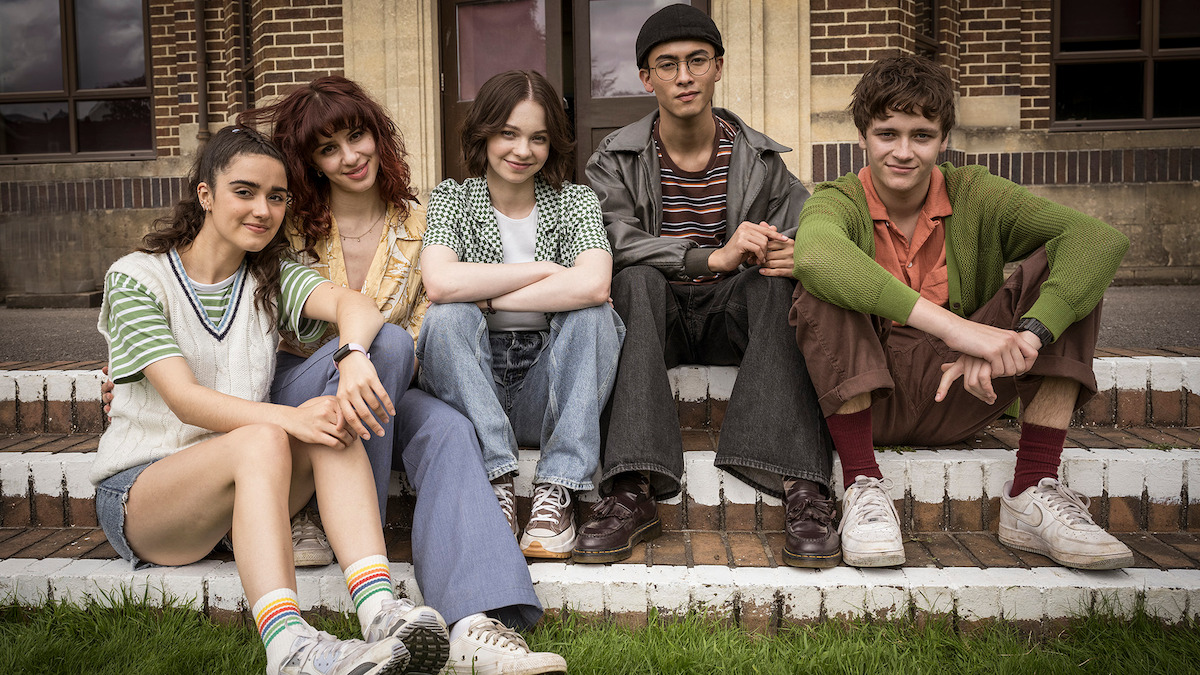
Books have long been a popular source for screen adaptations, and with the rise of streaming platforms, this trend has only grown. However, turning a beloved book into a successful series is no easy feat, and Netflix’s adaptation of A Good Girl’s Guide to Murder by Holly Jackson is a perfect example of the challenges involved.
The series, much like the book, centers around Pippa Fitz-Amobi, known as Pip, a teenage investigator in a small town in the UK, who looks into the disappearance of a fellow student as part of a school project. The setting is fittingly gloomy, complementing the dark subject matter. Yet, despite the captivating premise, the six-episode adaptation falls short in several key areas when compared to the original material.
The Good and the Not-So-Good: A Book Lover’s Perspective
As someone who became an instant fan of Holly Jackson’s book, I can’t help but feel that the series doesn’t quite live up to the detailed and refreshing characterizations in the novel. Pip, along with other central characters like Ravi and her parents, were fleshed out in remarkable ways in the book, but the same cannot be said for the series. The show struggles with character development, leaving many characters feeling half-baked or merely there to move the plot along.
This problem extends to the mystery itself. In the book, Pip’s intelligence and sharp instincts are at the forefront as she unravels the case piece by piece. However, in the series, many of the clues fall into place a little too easily, robbing the story of the tension and depth that made the novel so gripping. What made the book special—its clever detailing and the way it played with the podcasting format—feels somewhat watered down here.
One glaring issue is Pip’s occasional lapse in logic. While her gutsy and relentless nature is clear, there are moments in the series where her decisions, like approaching shady characters alone in dangerous situations, stretch the limits of believability. While fictional characters often make bold choices, these moments felt like missed opportunities to further ground the narrative in the realism that made the book so compelling.
The Silver Linings
Despite these shortcomings, there are positives. Emma Myers shines in her portrayal of Pip. Her performance is almost flawless, carrying the weight of the entire series on her shoulders. Myers brings warmth, determination, and a sense of vulnerability to the character, making it easy to root for her even when the plot falters. The binge-worthy pacing of the show ensures that each episode reveals something new, keeping viewers hooked, especially in episodes 5 and 6 where the mystery truly starts to unravel.
Final Verdict: To Watch or Not to Watch?
For those who haven’t read the book, A Good Girl’s Guide to Murder is still an enjoyable, if not groundbreaking, entry into the murder mystery genre. It’s light, breezy, and easily digestible, making it a good fit for viewers who prefer their mysteries with a bit less grit and a bit more charm. The British setting, combined with the strong central performance, adds appeal, and fans of lighter crime series will likely find it worth their time.
However, for fans of the book, the series may feel like a letdown. The depth and intricacy that made the novel so engaging are largely absent, leaving this adaptation feeling like a shadow of its source material.
In the end, it’s a decent watch, but those who loved Holly Jackson’s original trilogy might be left wanting more.
Have you watched it yet? Do you agree or disagree with this review? Let me know your thoughts—always happy to chat about a show that stirs up different opinions!
